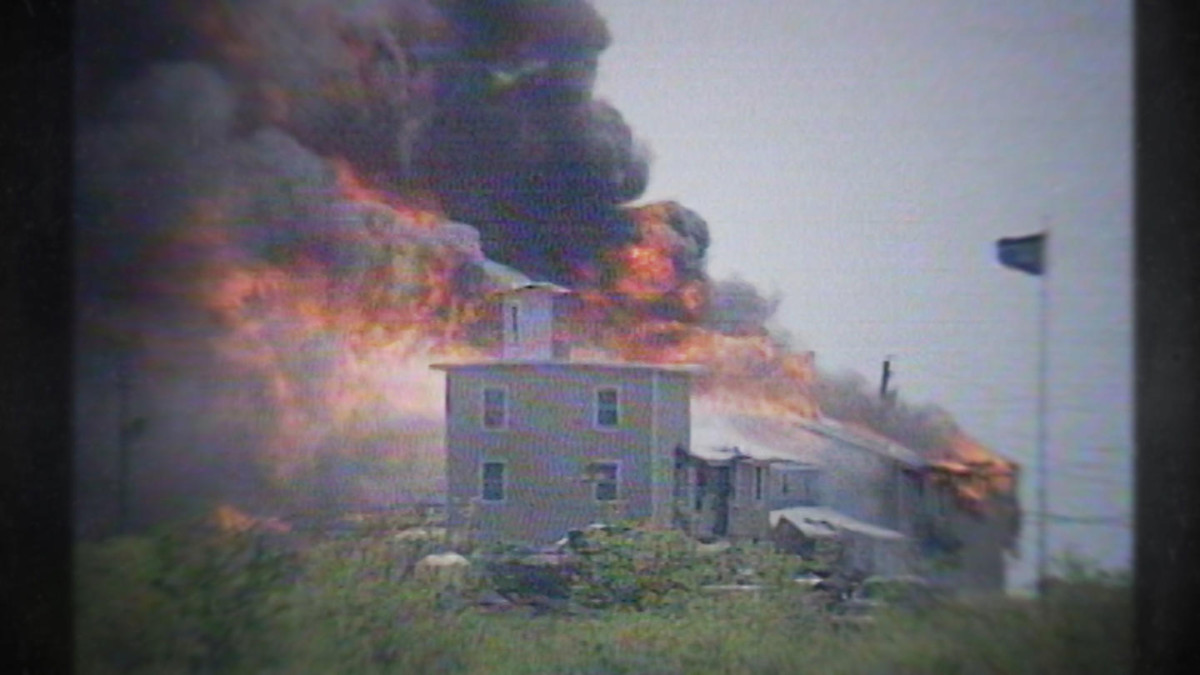Kate Hunter, Reporter
If you’ve been binge-watching Netflix like I have this quarantine, you may have stumbled across the captivating Netflix series Waco. The documentary illustrated the cruelty of the government during a historical standoff, but we all know that there are two sides to every story.
So, what really happened in Waco?
The details of the stalemate between the government and a religious cult in Waco, Texas are controversial, to say the least. Here’s a rundown on what happened.
On February 28, 1993, Mount Carmel, the compound occupied by the members of the religious cult (the Branch Davidians), was raided by 70 Alcohol, Tobacco, and Firearm (ATF) personnel. It was believed that the cult possessed a large quantity of high powered weapons and the ATF suspected that the Branch Davidan had the resources to manufacture machine guns illegally.
Although it is not known which side initiated it, the raid by the ATF ended in gunfire. Consequently, four of their own agents, as well as six Branch Davidians, died.
After this standoff, the FBI got involved. According to Byron Sage, the head of the FBI negotiating team in Waco, “The FBI’s job was to try to resolve this matter and convince these people to come out and face multiple first-degree murder charges in the state that leads the nation in capital punishment. It was virtually an insurmountable task.”

Between the beginning of March and April 19, David Koresh, the leader of the religious cult who believed and convinced his followers that he was the next messiah, released 30 of the Branch Davidians. Koresh claimed he would surrender if his talks got aired on national radio, but he never followed through with this offer.
In an attempt to drive out the cult members, the FBI tried other tactics to make life inside the compound uncomfortable. They turned off and on the compounds electricity, played Tibetian chants over loudspeakers, and shined spotlights on the complex to disrupt sleep.
However, their efforts failed and on April 19, 1993, Janet Renno, the United States Attorney General, permitted the FBI agents to raid the compound.
For five hours, the FBI used armored vehicles to put holes in the walls and insert tear gas into the compound.
Here is where the two stories diverge.
A fire broke out inside the compound resulting in the death of 70 Branch Davidians. While the FBI has always maintained that this was a mass suicide- implying that Koresh’s followers had intentionally started the fire- findings by independent filmmaker Michael McNulty say otherwise.
When conducting his own investigation, he found a shell casing from a flammable typer of tear gas that was thrown into the compound.
Byron Sage says, “It’s not a case of coverup. I would have to say that it is a case of screwing up.”
Perhaps the most important question about the morning of April 19, 1993: did the government fire into the compound?
Houston Attorney Michael Caddell says yes. He says that “the flashes of heat recorded by the sensitive camera are evidence of someone shooting into the compound in response to Davidian gunfire. They began late in the morning and continued until a little after noon.”
In response to this accusation, Sage says he “is not sure what caused the flashes. My layman’s view is that it’s probably water or moisture that’s reflecting sunlight. I can’t tell you as an expert. Because I am not one. But I can tell you what it’s not. It’s not gunshots.”
“No FBI person fired, period, during the entire 51 days,” Sage says. “Now that’s an extraordinary statement.”
Regardless, Sage admits that he regrets the actions that were taken on that day.
As of now, which side, if either, is truly responsible for the devastating ramifications of the actions taken on April 19, 1993 is unknown.




